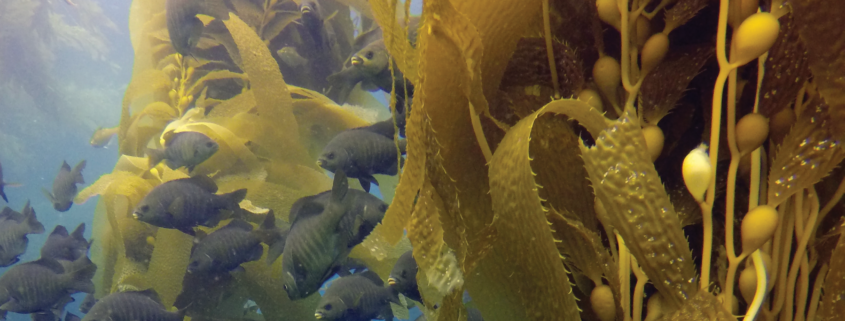Ocean Restoration Methods: Scientific Guidance For Once-Through Cooling Mitigation Policy
A new report by the Ocean Protection Council Science Advisory Team (OPC-SAT) provides scientific guidance on ways to restore coastal areas impacted by power plants using once-through cooling technology, helping safeguard the long-term health of California’s marine life.
Background
California’s Once-Through Cooling Policy (Policy) was adopted by the State Water Resources Control Board, establishing technology-based standards to implement federal Clean Water Act section 316(b) to reduce the harmful effects associated with power plant cooling water intake structures on marine and estuarine life. The Policy requires power plants that were not in compliance by October 2015 to either perform or pay for mitigation activities to account for the negative impacts between October 2015 and the date of the plants’ full compliance with the Policy (interim mitigation). Section 3(e) of the Policy states, “It is the preference of the State Water Board that funding is provided to the California Coastal Conservancy, working with the California Ocean Protection Council (OPC), for mitigation projects directed toward increases in marine life associated with the State’s Marine Protected Areas in the geographic region of the facility.”





